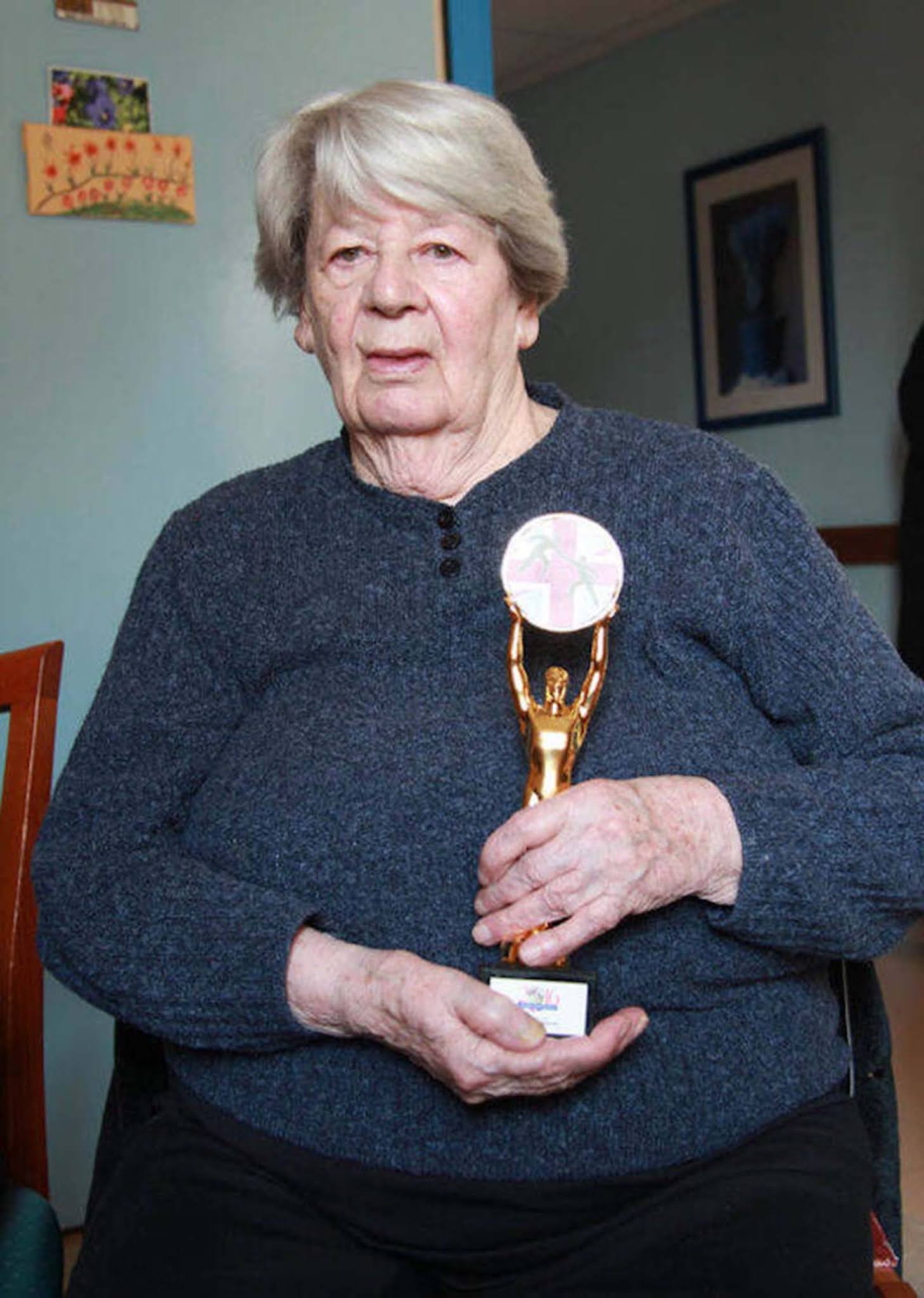Then, most strikingly, we see a woman in shorts, a patterned top, and a military hat in the center. The photograph of this young female fighter would become a symbol of women’s involvement in the Resistance. Her name was Simone Segouin, also known by her nom de guerre Nicole Minet. When this photo was taken she was 18 years old. The girl had killed two Germans in the Paris fighting two days previously and also had assisted in capturing 25 German prisoners of war during the fall of Chartres. In 1944, at the height of the Nazi occupation of France, she joined the Francs-Tireurs et Partisans (Free-shooters and Partisans, or FTP) – a combat alliance made up of militant communists and French nationalists. Simone was very much in the latter camp. Her father was a huge inspiration – a decorated soldier who had fought in the Great War – and she was intensely proud of her country. Simone Segouin was involved in armed actions against enemy convoys and trains, attacks against enemy detachments, acts of sabotages, etc. The French newspaper Independent Eure-et-Loir on its August 26, 1944 issue described her as “one of the purest fighters of heroic French Resistance who prepared the way for the Liberation”. She was present at the fall of Chartres, on August 23, 1944, and at the Liberation of Paris. She was promoted to lieutenant and awarded the Croix de Guerre. A street in Courville-sur-Eure was named for her. The gun she’s holding is a German MP-40. Many German weapons were captured and used by the French Resistance. The gun was effective in close quarters, due to its automatic fire and moderate stopping power against regular infantry enemies. The MP-40 was often called the “Schmeisser” by the Allies, after weapons designer Hugo Schmeisser. Schmeisser had designed the MP-18, which was the first mass-produced submachine gun, and saw extensive service at the end of the First World War. He did not, however, design the MP-40.
Later life of Simone Segouin
Simone went on to become a pediatric nurse in Chartres, where her wartime exploits made her hugely popular. While she had six children with her husband, she never took his name. “I’m very glad to know that people are not indifferent to this period of my life,” she later said about her time in the resistance. “I was fighting for the resistance, that’s all. If I had to start over, I would, because I have no regrets. The Germans were our enemies, and we were French.” Despite her swashbuckling war years, Simone was always aware of how difficult it had been for women to play a role in the Resistance. They made up little more than ten percent of the force, and the majority were confined to non-combat roles. But nonetheless, their presence had helped force a shift in the way women were treated. Simone Segouin was recognized by the British charity organization Soldiering On in 2016. At that time, she was a 90-year-old nursing home resident and she graciously accepted the honor and reminisced about the liberation of Paris. “It was a wonderful feeling entering the city but my excitement was limited because it felt very dangerous,” she said. “I was not the only woman who joined the Resistance. I am proud of what we all did as a team. But the proudest moment was probably going to Paris with General Charles de Gaulle.” (Photo credit: Topham / AP). Notify me of new posts by email.
Δ Subscribe




